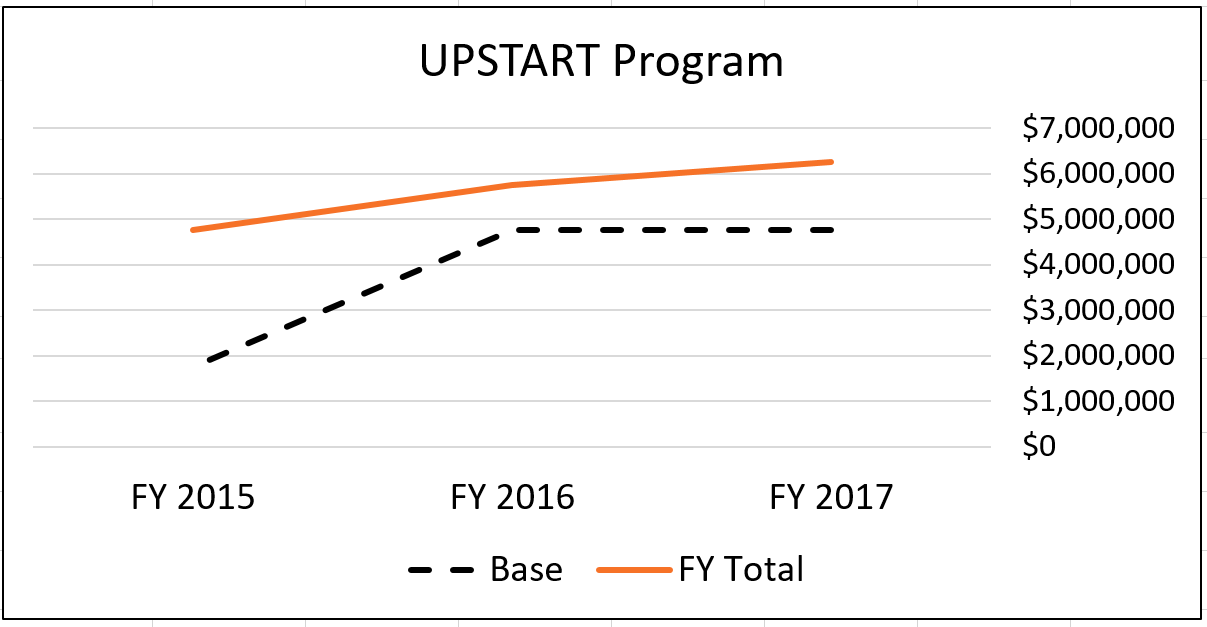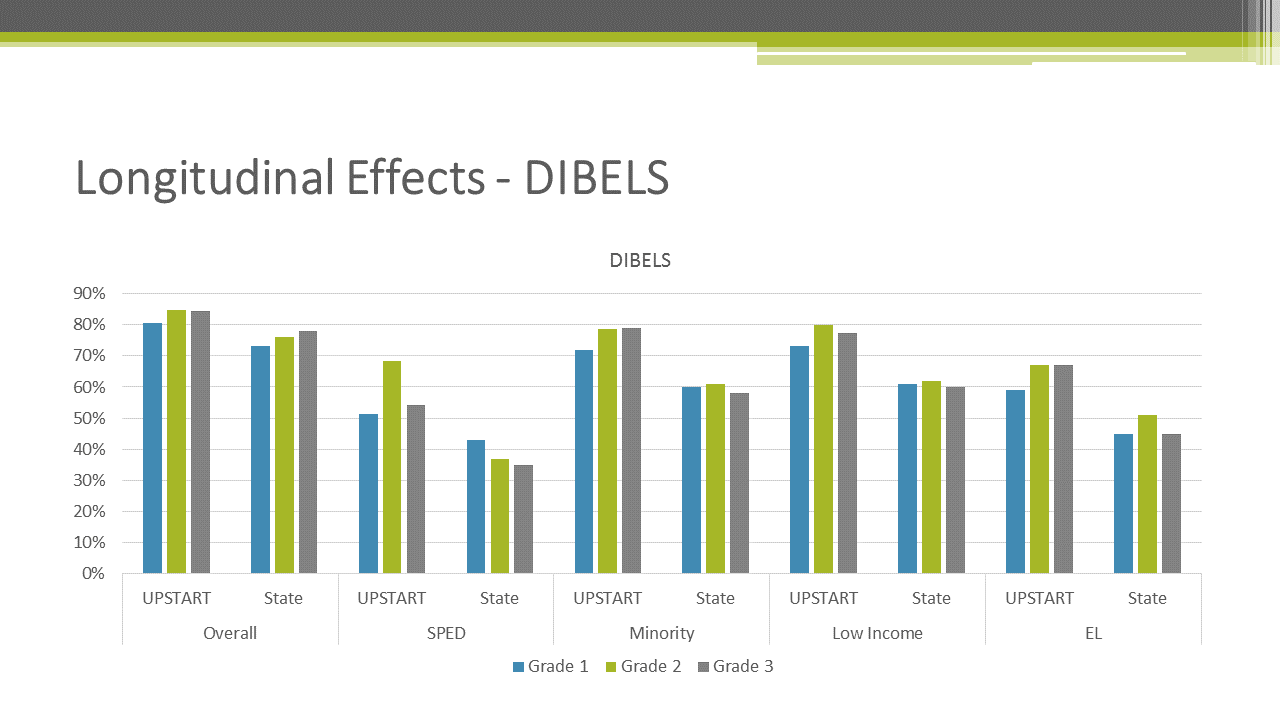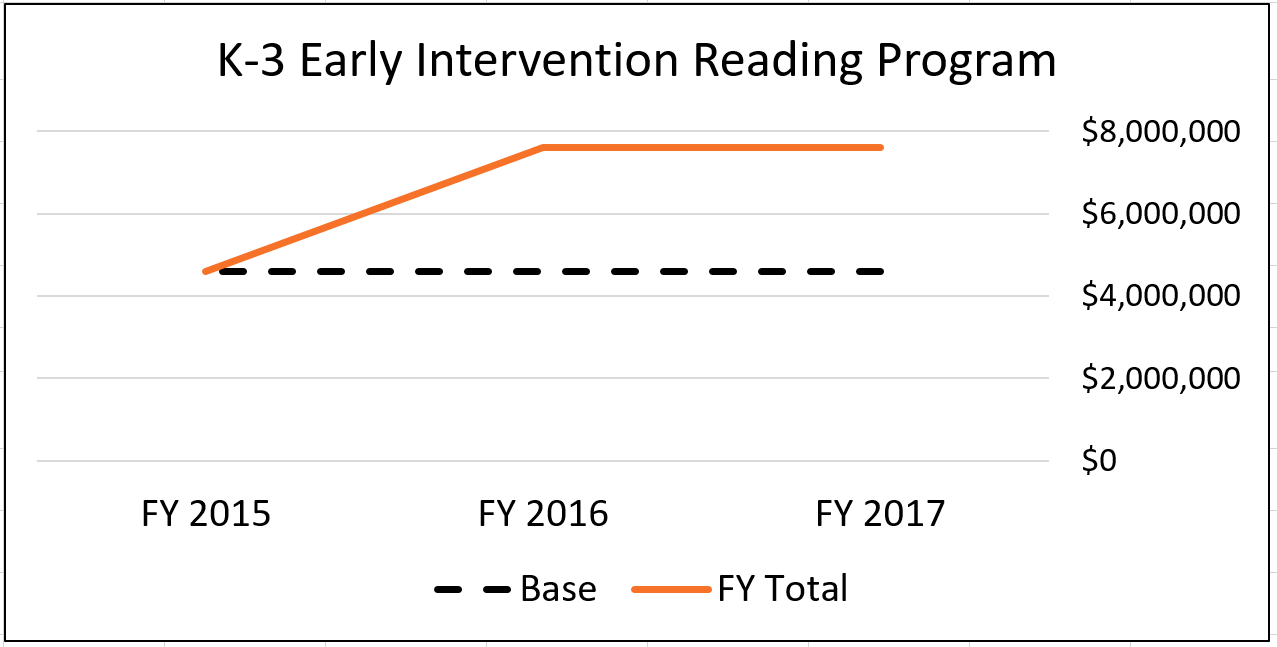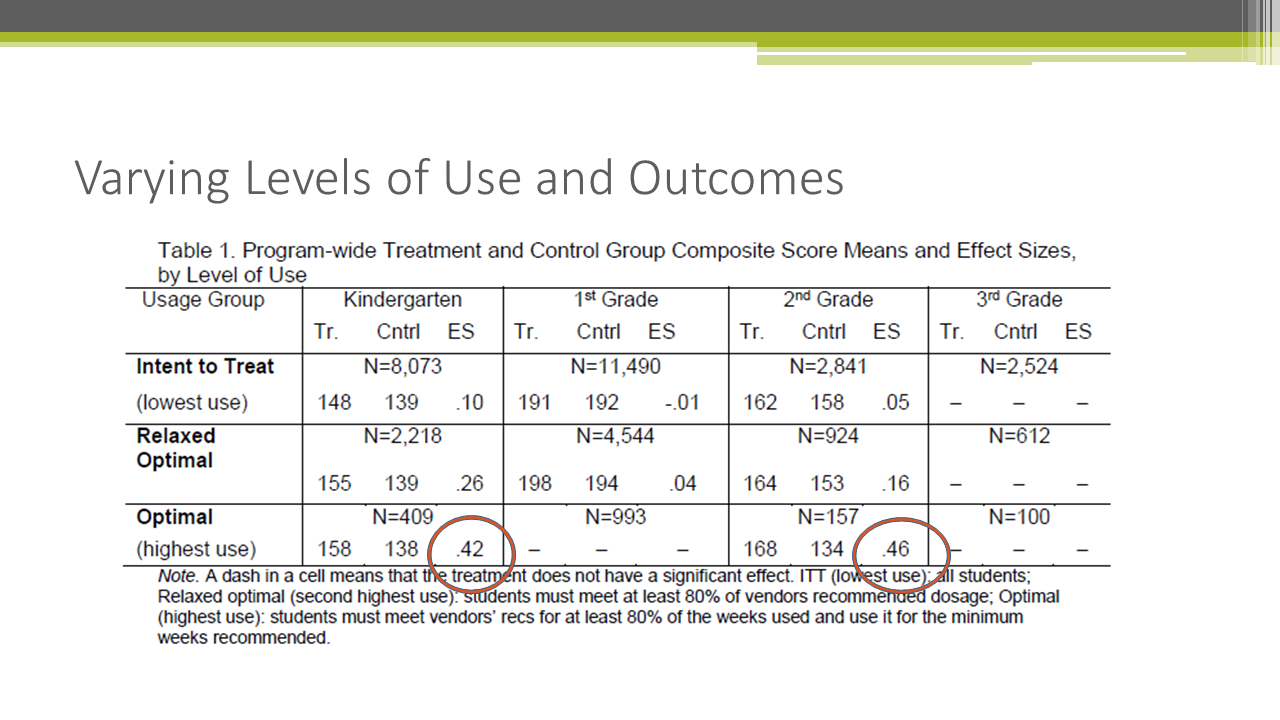Fiscal Highlights - September 2016
|
Evaluation of Contracted Educational Services -
Jill L.Curry ( Following the 2016 General Session, the Governor vetoed several education funding items, those in the USOE - Initiative Programs line item which were in S.B. 2, Item 6. Program provisions require the State Board of Education to contract with private entities to provide educational services. Funding for these items was restored during a special session held this past May with agreement to evaluate the effectiveness of each program. This review took place during the Public Education Appropriations Subcommittee meeting held on September 22, 2016. Among the programs discussed were the UPSTART and K-3 Early Intervention Reading programs. UPSTART is a home-based educational technology program for preschool children. It is designed to give Utah four-year-olds an individualized reading, math, and science curriculum with the goal of achieving school readiness for kindergarten. All Utah children are eligible to participate in the program the year before they enter kindergarten. However, participation priority is given to low-income families and families who are not native English speakers. The UPSTART program is administered by the Waterford Institute. The recent appropriations to UPSTART are illustrated in the table and figure below. In FY 2015 the program received an increase of $3 million ongoing from the Education Fund to create a new base budget of about $4.7 million. In this most recent session, UPSTART was appropriated an additional $1.5 million (ongoing) from the Education Fund and also $500,000 in Temporary Assistance for Needy Families (TANF) reserve money (which is not included in the figures below).   Evaluations of the UPSTART program show continued success at helping preschool-age children develop literacy skills thereby preparing them for kindergarten. In comparisons of UPSTART and non-UPSTART students, the students who have participated in the UPSTART program perform higher on a number of assessments including the DIBELS and SAGE assessments. As illustrated in the figure below containing the longitudinal effects measured using the DIBELS assessment, these results hold for overall comparisons of UPSTART and non-UPSTART student populations and also when focusing on specific groups e.g. low income and special education students.  The K-3 Early Intervention Reading Program addresses early reading through the use of interactive reading software for kindergarten through third grade students. Schools can choose the vendor with whom they want to work. In fiscal year 2016 there were eight vendors from which to choose. Recent appropriations to the K-3 Early Intervention Reading Program are shown in the table and figure below. This program has maintained a base of $4.6 million across the three years included. However, for fiscal years 2016 and 2017, it had one-time funding of $3 million in each year.   The main concern with the Early Intervention program is the fidelity of program usage. In the 2015-2016 school year, only 16 percent of schools (60 out of 379) met fidelity of use with at least 80 percent of their students' average minutes of use greater or equal to 80 percent of the vendor's average minutes of use recommendations. This figure is an improvement over 2014-2015 where only 13 percent of schools (46 out of 355) met the 80 percent fidelity requirements. When used with fidelity the program has demonstrated results. For example, in kindergarten the program effects double when moving from low usage to relaxed optimal usage (80 percent of their students' average minutes of use greater or equal to 80 percent of the vendor's average minutes of use recommendations) and optimal usage (fully meeting the vendor's recommendations). In second grade there is a four-fold increase in the treatment effect when comparing students in the lowest usage group with students at optimal usage as illustrated below.  From the Governor's Office of Management and Budget, Phil Dean, budget director and chief economist, reviewed these programs and highlighted three key points for the discussion. The first point was the importance of continuous critical evaluation of programs. In conjunction with this point, the second point he made was that, due to limited resources, government needs to prioritize what it will fund and often the decision is not between programs that are good or bad, but rather among programs that are good, better, or best. In terms of preschool education, the state is currently funding three preschool pilot projects: UPSTART, the pay-for-success partnership to expand high quality preschool opportunities, and the high quality school readiness program stemming from S.B. 101 (2016 General Session). Questions policymakers may want to consider in the future are what is the state's long-term objective? Is it a move to universal preschool or is it preschool targeted to specific students? The third key point is that we need to think carefully about state versus local control of programs. Funding of public education programs could be put into the weighted pupil unit with local decisions on how to allocate resources. This decision may also impact the degree of fidelity with which programs are implemented as well because local control may promote entities to be more invested in programs and thus provide more incentive to fully use those programs. From the Governor's Office of Management and Budget, Phil Dean, budget director and chief economist, reviewed these programs and highlighted three key points for the discussion. The first point was the importance of continuous critical evaluation of programs. In conjunction with this point, the second point he made was that, due to limited resources, government needs to prioritize what it will fund and often the decision is not between programs that are good or bad, but rather among programs that are good, better, or best. In terms of preschool education, the state is currently funding three preschool pilot projects: UPSTART, the pay-for-success partnership to expand high quality preschool opportunities, and the high quality school readiness program stemming from S.B. 101 (2016 General Session). Questions policymakers may want to consider in the future are what is the state's long-term objective? Is it a move to universal preschool or is it preschool targeted to specific students? The third key point is that we need to think carefully about state versus local control of programs. Funding of public education programs could be put into the weighted pupil unit with local decisions on how to allocate resources. This decision may also impact the degree of fidelity with which programs are implemented as well because local control may promote entities to be more invested in programs and thus provide more incentive to fully use those programs.This review of these programs during the subcommittee meeting is not the last. These programs will continue to be evaluated as they progress. One development the State Board of Education is working on is a metric to use to compare the outcomes among the different preschool programs. Right now each program is evaluated using slightly different metrics. Their goal is to have a common metric available starting next fall or at least be moving significantly in that direction. |
Alcoholic Beverage Control Act Enforcement Fund 2016 - Gary R. Syphus In relation to Alcohol Beverage Act, what is the "enforcement ratio" and how do you fund the requir...Arches Health Plan Costs and Burdens - Andrea Wilko In October 2015, Arches Health Plan, a non-profit health insurance co-op created following the Affo...Capitol Preservation Board Operations - Steven M. Allred The Capitol Preservation Board (CPB) is keeping busy with normal operations, upcoming events, and s...Evaluation of Contracted Educational Services - Jill L.Curry Following the 2016 General Session, the Governor vetoed several education funding items, those in t...Higher Education Appropriations Subcommittee Meets at Mountainland ATC - Spencer C. Pratt On August 2, 2016, the Higher Education Appropriations Subcommittee met at Mountainland Applied Tec...Public Education Appropriations - Meeting Summary - Ben Leishman Subcommittee members met on September 22, 2016, to discuss pending education funding issues includi...Public Lands Office New Attorney Positions - Brian Wikle In the 2016 General Session the Public Lands Policy Coordinating Office (PLPCO) received funding fo...Severance Tax Deposit in FY 2017 - Thomas E. Young The 2012 Joint Resolution on Severance Tax allows a portion of severance tax revenue to be deposite...Utah Dairy Commission Funding - Ivan D. Djambov The Utah Dairy Commission receives over $2.5 million per year from assessments on dairy producers (...What do Funding Mixes Have in Common with Ace of Base? - Clare Tobin Lence Both received lots of attention in 1994, and not much since.Back in December 1994, the Executive ...What Happened in the September 22, 2016 Social Services Appropriations Meeting? - Stephen C. Jardine The Social Services Appropriations Subcommittee met on Thursday, September 22, 2016 for a morning m... |
Reports/Archive | Budget Process | Office Background | Who's Who | Organization Chart
Office of the Legislative
Fiscal Analyst
House Building, Suite W310
Salt Lake City, UT 84114
Phone (801) 538-1034 Fax (801) 538-1692